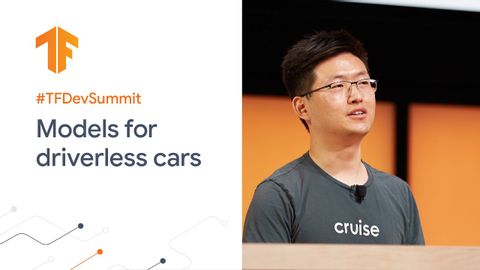クラウドAIプラットフォーム上での分散型TensorFlowモデル学習 (TF Dev Summit '20) (Distributed TensorFlow model training on Cloud AI Platform (TF Dev Summit '20))
林宜悉 が 2021 年 01 月 14 日 に投稿  この条件に一致する単語はありません
この条件に一致する単語はありませんUS /ˈprɑsˌɛs, ˈproˌsɛs/
・
UK /prə'ses/
- v.t.(コンピュータの)データを処理する;処理する;処理する;一連の工程を経る;加工する : 加工処理する;理解する
- n. (c./u.)手続き;一連の行為;方法;訴訟手続き;プロセス (コンピューター)
US /ˈkrɪtɪkəl/
・
UK /ˈkrɪtɪkl/
- adj.批判的な;重大な;批評の;批判的な;重篤な
US /ˈstrætədʒi/
・
UK /'strætədʒɪ/
US /ˈdɛmənˌstret/
・
UK /'demənstreɪt/
- v.t./i.表す;(集会 : 行進などによる)デモをする;証明する : 実証する;実演する : 実際にやって見せる
エネルギーを使用
すべての単語を解除
発音・解説・フィルター機能を解除

